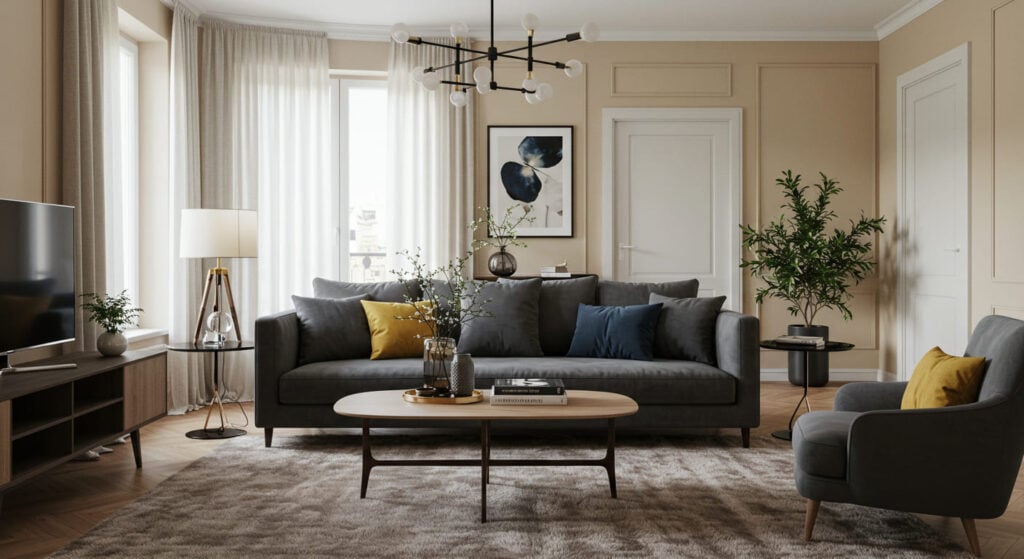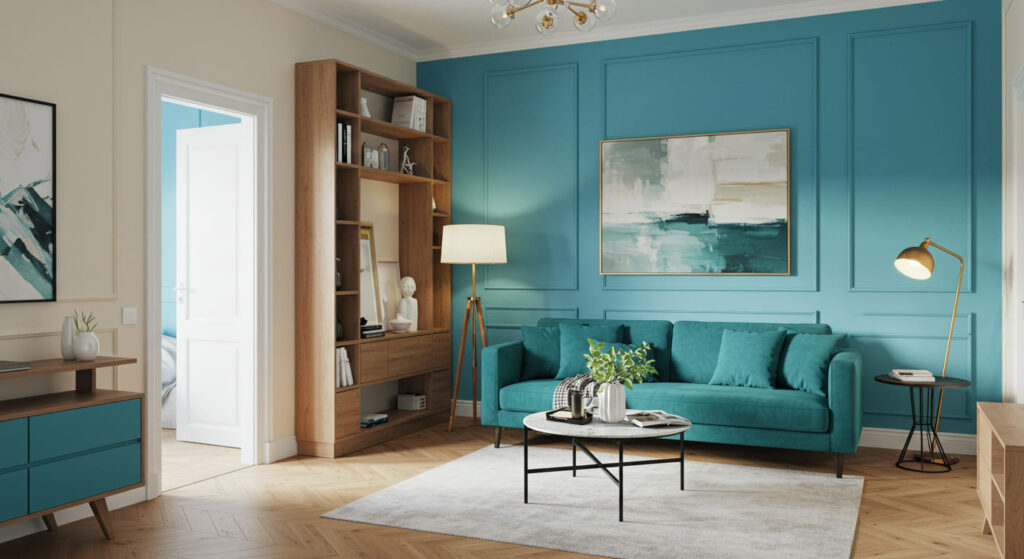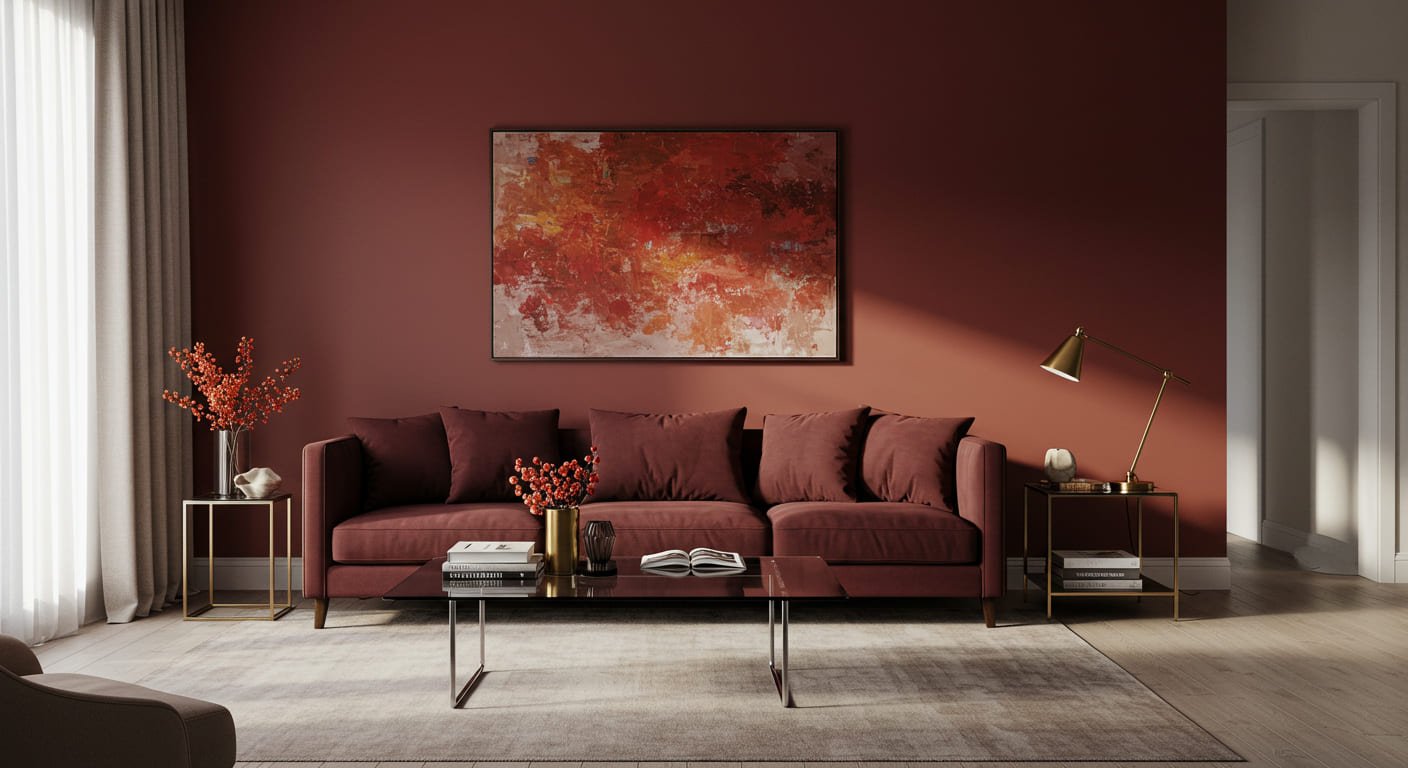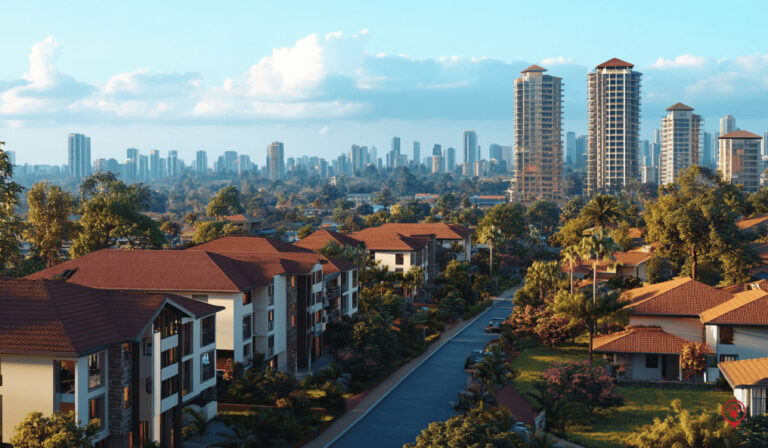Why Colour Psychology is the Unsung Hero of Home Staging
Inspired by Winnie Onyando’s article in the Daily Nation.
When it comes to selling a home, many people focus on the usual factors: price, location, amenities, and layout. But as Winnie Onyando insightfully highlights in a recent Daily Nation feature, there’s another quiet force influencing buyer decisions, and that is colour.
At BuyRentKenya, we’ve always emphasized the importance of staging a property to sell.
READ ALSO: The Art of Home Staging: Tips for Selling Your House in Kenya Faster
But this article opened up a fresh angle: how the emotional and psychological effects of colour which is known as colour psychology, can make or break that crucial first impression.
We’re not just talking about slapping on a coat of paint. According to Faith Makokha, an interior designer at Elegance Hub Kenya, colour can significantly impact how large a room feels, its level of calmness or energy, and even how long a property stays on the market.

Take neutrals, for instance. Beige, light grey, and soft whites are staging favourites for good reason. That is because they appeal to almost everyone.
READ ALSO: How to Choose the Perfect Colours for Different Rooms
These shades create a clean, calming, and adaptable environment that helps potential buyers imagine their own lives in the space.
Meanwhile, bold colours like red or deep purple might add personality, but they can also be quite risky. “They might evoke strong feelings that clash with a buyer’s taste,” Faith explains.
If used incorrectly or too much, these hues can distract from a home’s best features or make rooms feel smaller and less inviting.
As colour expert Kelvin Laichena breaks it down, each colour plays a specific psychological role:
- Red sparks energy and passion, but too much can feel aggressive.
- Yellow is cheerful and bright—but overused, it may cause stress.
- Green connects us to nature and promotes calm, ideal for living spaces.
- Blue signals trust and tranquility—great for bedrooms and workspaces.
- Purple balances luxury with creativity.
- Black adds depth and elegance—but needs balance.
- White amplifies space and light, though too much can feel sterile.
To build on this, Neema, a Nairobi-based interior designer known for her work in boutique staging, points out that colour flow throughout a home is critical.

“You want your home to tell a story from room to room. That’s why I often start with soft greys and work in earthy or pastel accent colours to guide emotions and movement through the space,” She says.
She also notes that cultural preferences can affect staging decisions. “For example, while white is associated with cleanliness in most modern homes, some cultures may find it somber. That’s where accent colours like gold, warm yellow, or soft green can bring balance and cultural resonance.”
READ ALSO: Best Colours to Paint Living Room
In practical terms, colour psychology is proving to be a game-changer for real estate sales:
- Homes with well-staged, emotionally appealing interiors sell faster and at higher prices.
- Strategic colour placement in key areas, like soft blues in bedrooms, warm yellows in kitchens, and relaxing greens in living rooms, creates emotional connection.
- Buyers are subconsciously guided to envision themselves in a space that “feels right.”
Faith shared an example where a poorly staged home was transformed simply through thoughtful colour adjustments. Neutral walls, soft accent hues, and a consistent palette turned a stale listing into a desirable one, and the home sold above asking within weeks.
To our real estate community and property seekers: don’t underestimate the power of colour. As Kelvin aptly puts it, “Colour isn’t just decoration, it’s silent persuasion.”
At BuyRentKenya, we encourage agents and sellers to incorporate colour psychology into their staging strategies. It’s a simple yet powerful way to transform not just how a home looks—but how it feels.
Big thanks to Winnie Onyando and the Daily Nation for spotlighting this overlooked but critical aspect of home selling.
Key Takeaways:
- Colour Affects Buyer Emotions
Colours influence how a buyer feels in a space—calm, energized, overwhelmed, or relaxed. - Neutral Tones Sell Faster
Shades like beige, grey, and white create clean, spacious, and adaptable environments. They’re universally appealing. - Use Bold Colours Sparingly
Red, orange, or purple may add personality but can overwhelm buyers or distract from key home features. - Room-by-Room Colour Guidance
- Living rooms: Warm neutrals or muted greens
- Bedrooms: Soft blues, lavenders, or greys
- Kitchens: Light yellows, whites, soft greens
- Bathrooms: Whites, soft greens, or spa blues
- Strategic Accents Work Best
Use mustard, terracotta, or navy as pops of colour—just enough to create personality without dominating. - Cultural Sensitivity Matters
Be mindful of colour symbolism. White may symbolize purity in one culture but mourning in another. Red may be lucky in one, aggressive in another. - Avoid These Mistakes
- Too many bold colours
- Dark tones in small rooms
- High contrast without harmony
- Ignoring colour flow between rooms
- Real-World Impact
Case studies show colour psychology can lead to faster sales, higher offers, and deeper emotional buyer connections. - Expert Tip from Neema (Interior Designer)
“A good staging palette flows from room to room—use neutrals to anchor, and add accents to guide emotion.” - Practical Staging Rule
Stick to 80% neutral base + 20% soft accent colours for most successful home staging outcomes.








